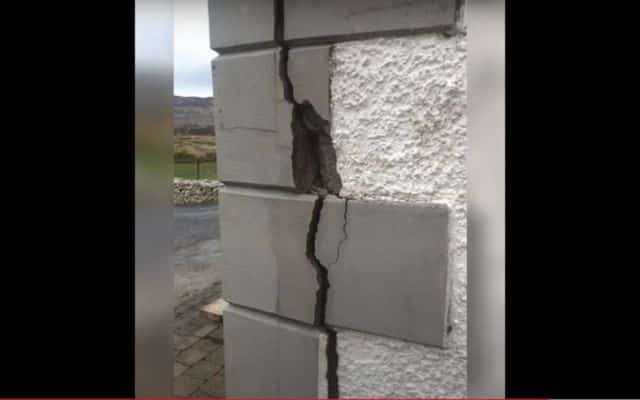As the supply of homes for sale in ROI halved in 2023 as compared to the pre-Covid average, reports show eco-friendly rural homes are the most popular buys.
In this article we cover:
- How much new homes are selling for
- How rural homes and those with high energy ratings command higher prices
- How house prices are behaving
- What’s driving the drop in the supply of homes for sale
- Most expensive counties
‘Lifestyle’ choices are driving the price of rural homes up in ROI, according to a property market analyst Geowox, while daft.ie’s 2023 residential report shows a drop in the supply of homes for sale.
Rural areas rule
“In a striking reversal of long-standing trends, the Irish real estate market is showing a marked preference for the pastoral charm and spaciousness of rural living,” notes the Geowox Housing Market Report for the third quarter of 2023, published in November 2023.
According to the report, the countryside is emerging as “a new beacon of growth”.
While Dublin’s house prices decreased on average 3.5 per cent in 2023 vs 2022, (urban centres decreased 0.7 per cent overall), growth came from the countryside with 11.1 per cent growth in house prices year on year.
“Since mid-2022, rural homes have consistently commanded higher prices than their urban counterparts, underscoring a significant shift in buyer priorities.”
The key driver, according to the report is larger, more comfortable homes, adding: “the rural idyll is increasingly seen not just as a lifestyle choice but also as a savvy investment”.
The Geowox report shows the median home price in ROI stood at €320,000 for Q3 2023, a 4.9 per cent increase on the previous year, with Dublin still commanding 55 per cent more than the rest of the country.
The daft.ie report shows the median price of new builds stood at €407,500 over the same period.

Energy ratings
Because of the building regulations, newly built homes have to achieve a high building energy rating (BER). This could be part of the reason why newly built homes command a higher price tag.
The average cost of new homes is 41.4 per cent higher than existing ones, averaging at €410,000, according to Geowox, “underscoring the premium placed on modernity and, likely, energy efficiency”.
Energy efficient homes, or homes with an energy rating in the A or B band, are commanding 29.1 per cent higher house prices than those with poorer energy ratings.

Prices stabilise despite supply drop
According to daft.ie’s report on the residential sector for the fourth quarter of 2024, house prices have behaved more normally in 2023 than in the post-Covid era and have in fact stabilised.
The average listed price rose by just 3.4 per cent in 2023 as compared to rises of 6 per cent in 2022, 8.1 per cent in 2021, and 7.7. per cent in 2020.
The catch is that prices haven’t decreased because there are more homes to buy. There were just 11,000 homes for sale on December 1st 2023, as compared to an average of 25,000 homes for sale between 2015 and 2019.
According to the author of the report, Ronan Lyons, weak demand is the reason house prices have dropped. While interest rates rises are less felt in Ireland than in other countries like the US, he says “changes in economic conditions nonetheless had its effect”.
According to Geowox, the drop in sales suggests “a market that’s becoming increasingly discerning”.
“This cooldown in sales was most pronounced in the segment of properties priced below €150K, which shrank by 15.3 per cent — a telling sign of the dwindling availability of lower-priced homes amid the general uptick in property values,” states its Q3 2023 report.
Most expensive counties
The most expensive counties according to Geowox were Co Dublin followed by Co Kildare, Co Meath, Co Wicklow, and Co Galway, “illustrating a clear preference for proximity to urban centres and economic hubs”.

While list prices paint a similar picture, there is evidence of weakening house prices in some counties near urban centres. For instance house list prices declined 2.1 per cent in Co Wicklow between 2022 and 2023, according to daft.ie’s Q4 2023 residential report.












